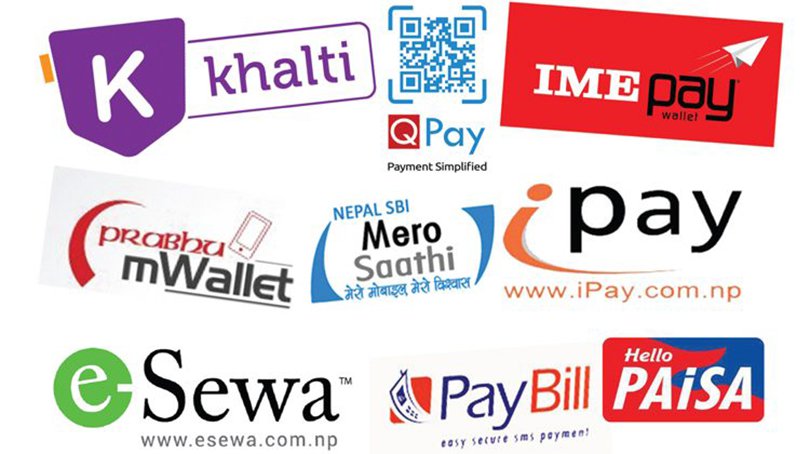1. Infrastructure Expansion:
- Expanding broadband coverage: Prioritizing the rollout of fiber optic cables and mobile towers in rural areas is crucial. This will provide the necessary foundation for reliable internet access.
- Public-private partnerships: Collaboration between the government, private sector, and local communities can accelerate infrastructure development and ensure sustainable growth.
- Exploring alternative technologies: Investigating solutions like satellite internet and community-owned networks can overcome geographical barriers and reach remote areas.
2. Affordability:
- Subsidized internet plans: Making internet access more affordable through government subsidies and targeted programs can incentivize rural communities to adopt digital technologies.
- Promoting low-cost devices: Affordable smartphones and tablets specifically designed for rural markets can play a significant role in increasing digital inclusion.
- Community ownership and management: Encouraging local ownership and management of internet infrastructure can ensure affordable and sustainable access in rural areas.
3. Digital Literacy:
- Educational programs: Implementing targeted digital literacy programs tailored to the needs of rural communities can equip individuals with the necessary skills to utilize technology effectively.
- Community-based training: Leveraging local community leaders and organizations as trainers can foster trust and ensure culturally appropriate education.
- Promoting local languages: Providing resources and training in Nepali and other local languages can significantly improve accessibility and engagement.
4. Content and Services:
- Developing locally relevant content: Creating content in Nepali and focusing on topics relevant to rural communities can increase engagement and demonstrate the practical benefits of digital technology.
- Leveraging technology for rural development: Promoting the use of digital technologies for agriculture, healthcare, education, and other essential services can address specific challenges and improve rural livelihoods.
- Empowering local entrepreneurs: Supporting the development of local businesses and entrepreneurs within the digital sector can create jobs and stimulate economic growth in rural areas.



